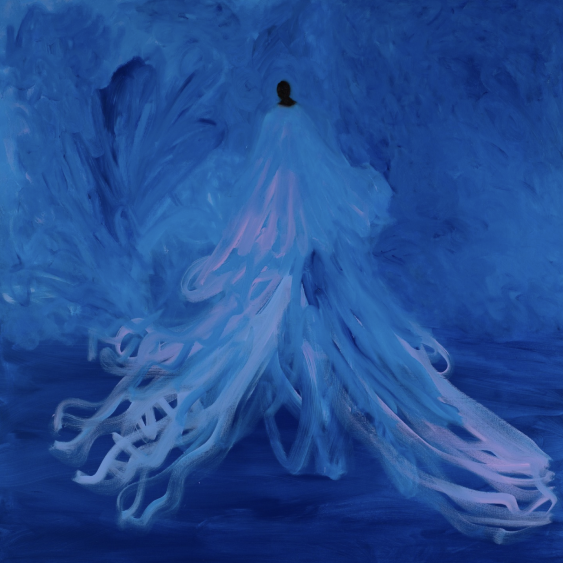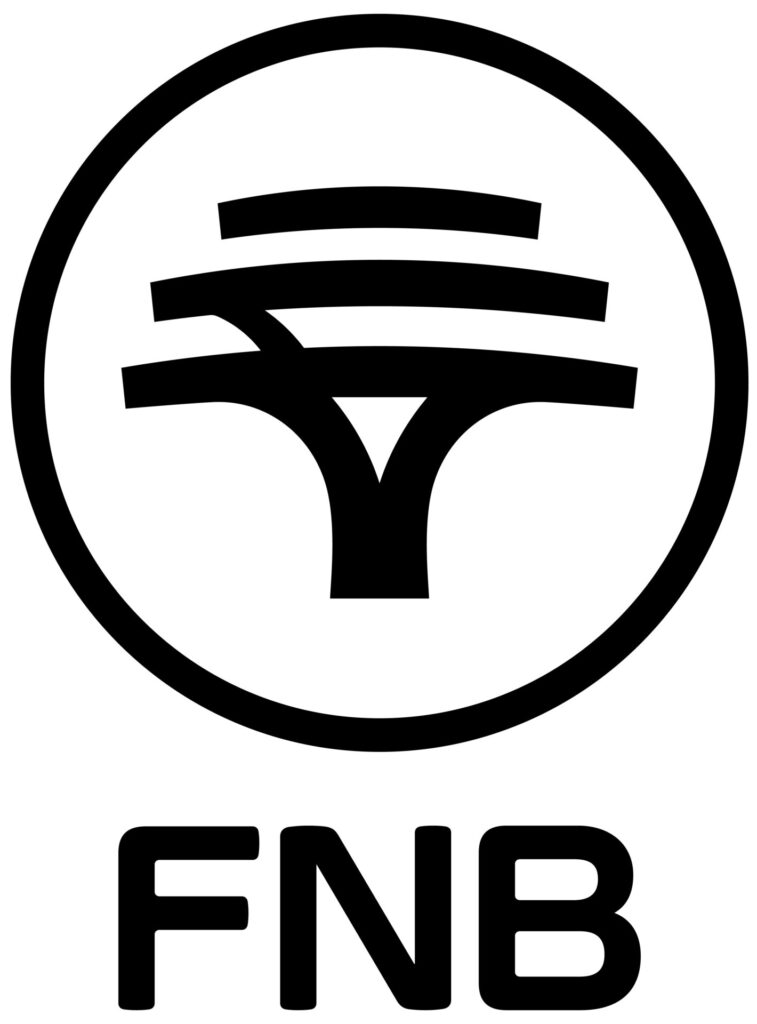Initiative of Interest
Making this Fede Arthouse a home
with Lebo Kekana
Share

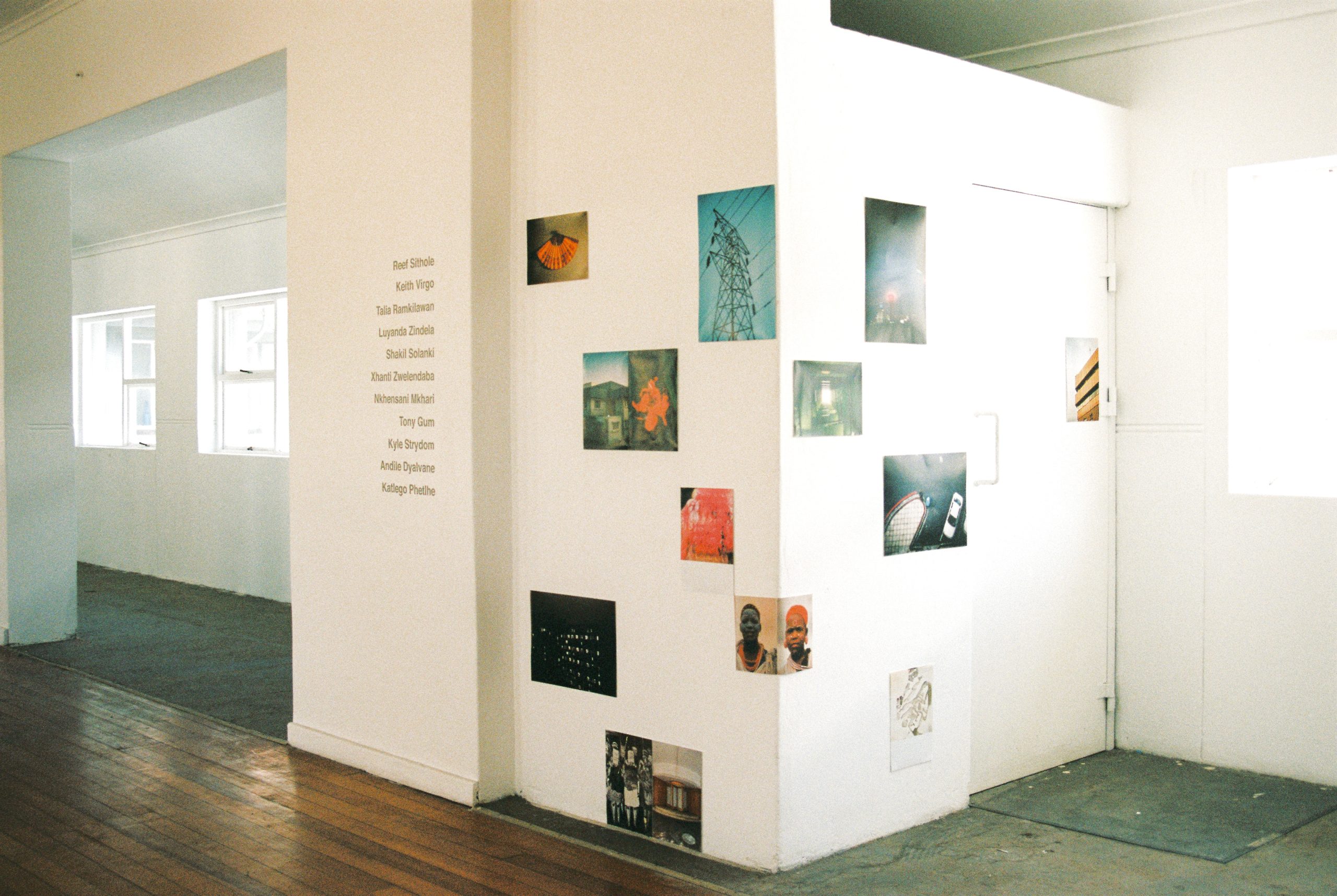
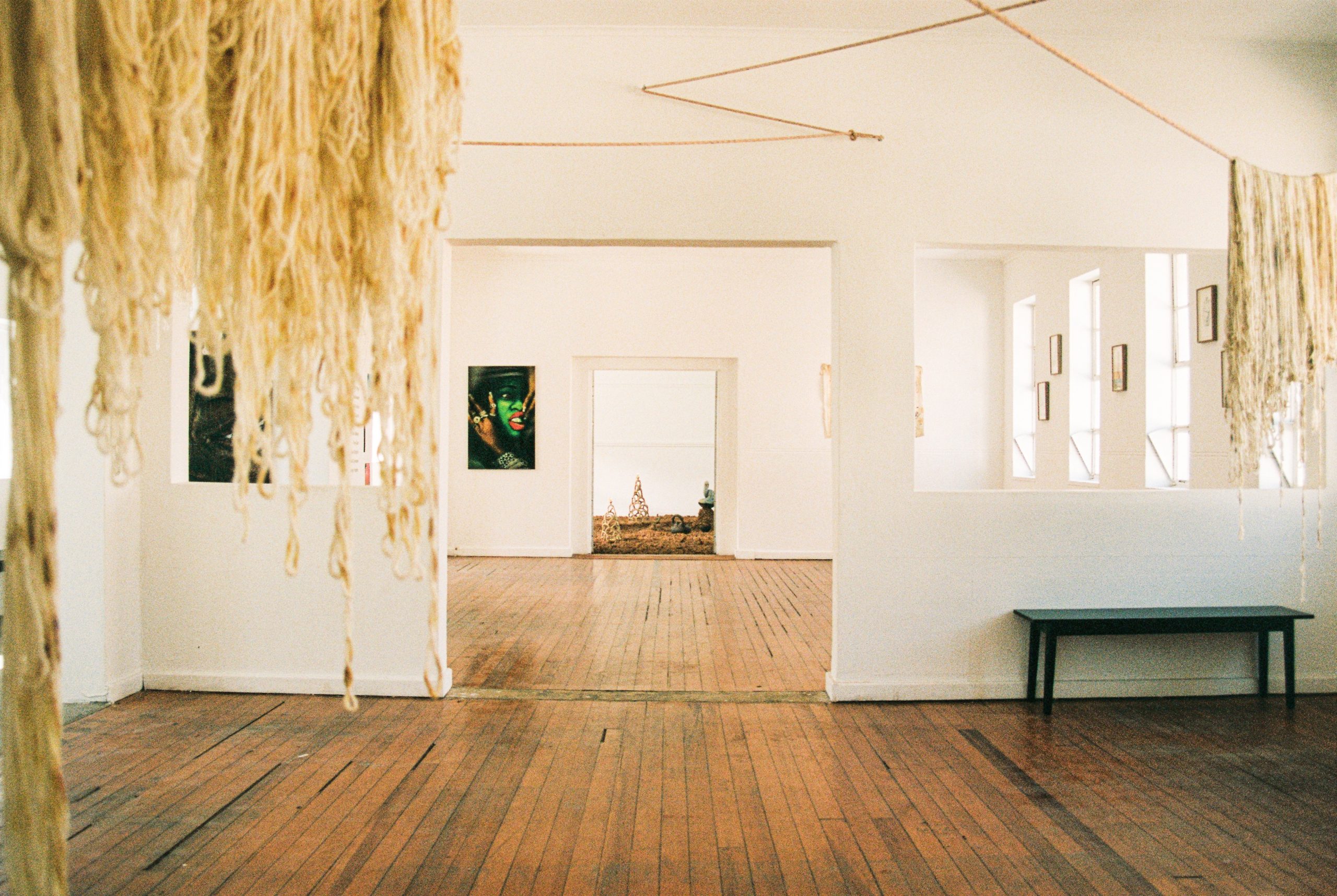
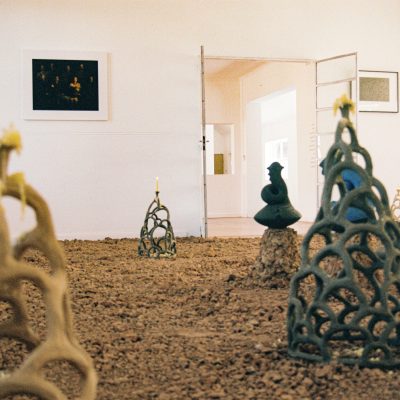


Established in 2020 by artist Lebo Kekana, Fede Arthouse is an artist-run exhibition initiative. Existing as a nomadic gallery with a research-based practice, Fede Arthouse explores the ways that space-making fulfills, limits and influences art consumption and audience attachment. Setting up shop in domestic spaces that “feel like home”, Fede Arthouse went forth with the intention to defy white-wall exclusion.
Three shows deep, Fede Arthouse is run by a collective of art practitioners whose practices span architecture, design, film and music. Its core members include Lebo Kekana, Nthabiseng Mofokeng and Carol Khaas. We talk to Fede Arthouse founder Lebo Kekana about the city’s need for a nomadic, artist-run and home-centred initiative and the ways they fulfill this by dismissing the commercial and clinical approach for more of a curious and community-based one.
Once complete, exhibition-making can often be read as a passive means of getting the public to engage with contemporary art. As an alternative to conventional experiences, how does Fede Arthouse facilitate interaction that goes beyond standard practice?
Within its projects, Fede integrates reform initiatives and activations, such as artist-talks, prompting progressive thought and action geared towards improving structures within the art and design landscape in South Africa. Fede is concerned with how these structures can be better understood, and how they can be reshaped to make the industry more accessible to both practitioners and audiences, beginning within the South African context.
Over the last five years a handful of artist-run project spaces have been established in Cape Town. While each serves a different purpose, they collectively speak to the ways that artists feel within the city’s art landscape. Would you say their emergence of artist-led projects speaks to a deficiency?
Currently, there is seemingly a spotlight on black art or black artists. However, very little of the contemporary art landscape in Cape Town is built or owned by young, black people. Fede addresses that in how we create spaces that not only cater to, but are considered and created by abantu. This forms part of the fabric of Fede. Who we are in the context of South Africa, and that of the world, allows us to create spaces from a unique perspective. For a young, black person, Cape Town has a way of making one feel like an outsider, or a spectator rather than a participant. Fede Arthouse is meant to be inclusive, comfortable, and sincere.
It’s reflected in the name ‘Fede’. The term is generally used as an informal greeting around Gauteng. Street slang, or more specifically, Tsotsi Taal, is very fascinating to me. The idea of how adaptive and expressive it is, or how it evolves, all feels intrinsic to Fede Arthouse. The name is meant to be a signifier of where the idea originated. Having grown up elokshini in the East Rand of Johannesburg, one is exposed to a unique sense of creativity, and a can-do spirit that is simply described as “doing what you can with what you have”. That’s what Fede is. We do our best with what we have. We find nooks and hidden spaces available to us in the city that we can turn into exhibition spaces, that we then call home for a month or two.
Shunning output impulses and obligations, the last few years have seen a championing of process in the contemporary African art landscape. In spite of the call to rest and self-care, the world demands output and often only accepts process when there is a complete project. Can you tell me about the premise of the group exhibition Process?
Process is meant to honour process-intensive work. This came from the very notion you are highlighting – specifically, the art industry demanding high output from artists. We felt it important to create a show that gives audiences that chance to step inside the process, to highlight the time and effort that goes into creating. So, many of the works evoke an appreciation for process through complex and unique techniques or approach, or through the artists’ consideration of medium or material.
Is this limited to the artists’ offerings or were there ways in the curatorial build-up that this is reflected?
The idea of Process is not limited to the artworks, but also extends to Fede’s process of exhibition making. So, process elements of the exhibition are highlighted, or exposed, throughout.
From the first thing audiences engage with – the exhibition poster. It consists mainly of a photograph (taken by Johno Mellish) of the Fede collective in the act of setting up the exhibition space. It functions as a kind of performance piece, but it’s also very real. In the background is a mind-map on the wall, which is the planning and ideation phase of putting together the exhibition. In a small room that functions as a lounge space, this very mind map is then the first thing that people see when they walk into the exhibition space – exposing the thought process not only behind this exhibition, but of Fede in general. The mind map also consists of process-work from each of the artists, further unveiling the process.
Several of the works also present an unfinished, or ‘in-process’ feel. The space does too. Fede Arthouse is nomadic, so each exhibition is in a new space. The Process space was previously vacant and used mainly for storage. So, elements of the building hadn’t been maintained. For instance, there’s exposed electric wiring, broken appliance fixtures, etc. Apart from painting the walls, cleaning, and installing doors for security purposes, all other elements were left as is. This worked very well in also making the space feel as though it’s in-process.
Omission of typical gallery features also functioned to create an in-process feel. There is no curatorial text on the wall (which seems to have been expected), as the mind map functions as a visual representation of what a curatorial text is meant to do. Apart from the artists’ names, there are also no info cards or labels next to the works. However, the actual intention was to allow for greater curiosity and engagement. When people don’t know what the title of the work is, they ask. Or even better, visitors have a moment to discuss the works amongst themselves or ponder on what the work is meant to say.
“Hung To Dry” is the title of one of our installations, which mainly consists of bundles of yarn hanging on washing lines that extend across the sides of the room. In collaboration with cowgirlblues, a Cape Town based yarn manufacturer, the intention was to replicate part of their production process, wherein they dye the yarn and hang it up to dry. As the first room visitors walk into (after walking past the lounge area), the installation places visitors right in the middle of that process, thus driving through the idea of Process.
Subscribe
Subscribe
For exclusive news, tickets and invites delivered every week
